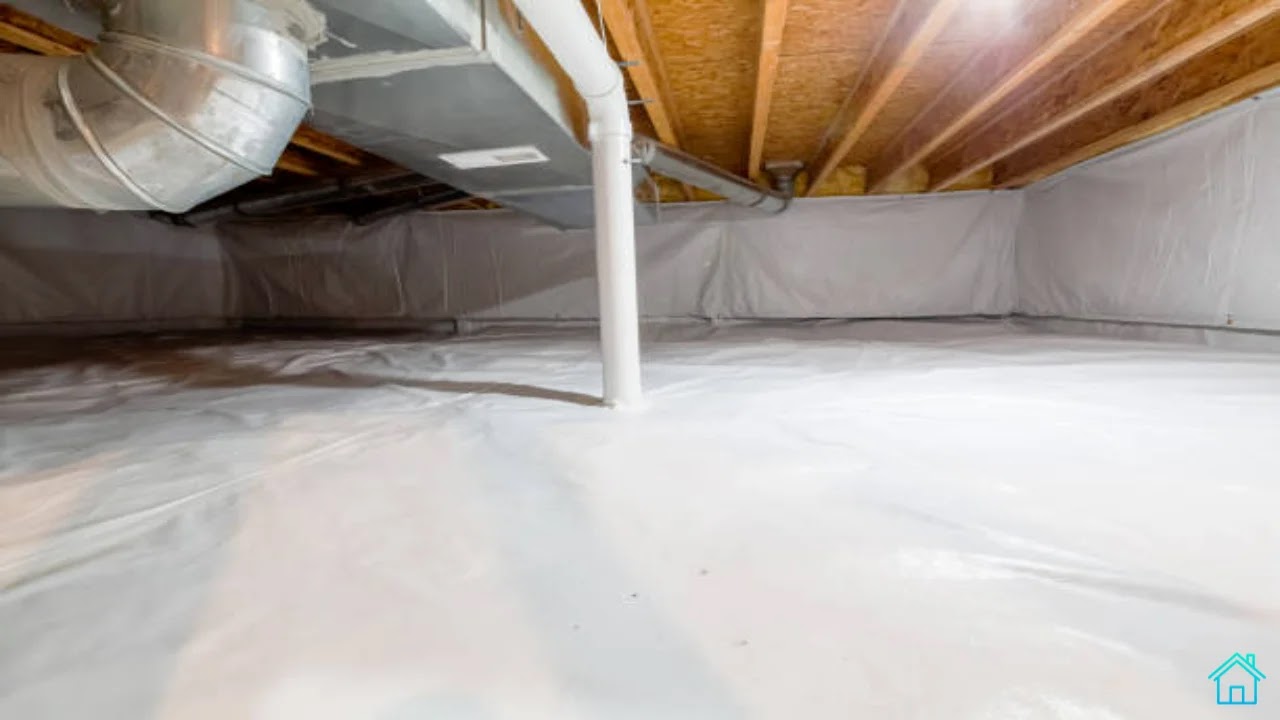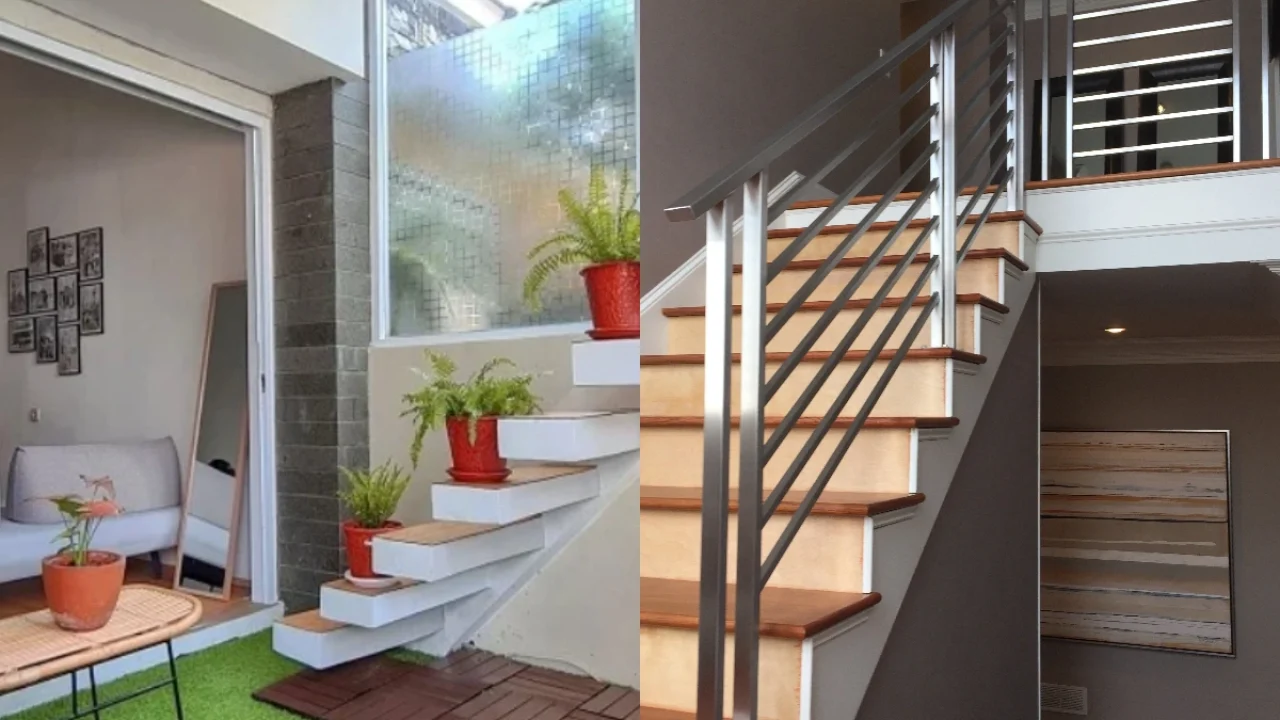Crawl spaces are an important feature in many homes, providing easy access to important systems like plumbing and electrical wiring. However, these areas can also be major sources of energy loss if not properly insulated. Crawl space ceilings are a key area for insulation, as they separate the crawl space from the rest of the house and help to maintain a comfortable temperature.
If you’re in the market for crawl space insulation, it’s important to understand your options and choose the best material for your needs. In this article, we’ll explore the most popular types of crawl space insulation and help you make an informed decision.
Contents
Best Insulation For Crawl Space Ceiling
1. Fiberglass Insulation
Fiberglass insulation is one of the most common types of insulation used in homes, and it’s a popular choice for crawl spaces as well. It’s relatively easy to install and provides good thermal protection, helping to keep your home warm in the winter and cool in the summer. Fiberglass insulation is available in batts or rolls, and is typically installed between the joists in the crawl space ceiling.
One downside of fiberglass insulation is that it’s not particularly effective at blocking air leaks, which can be a significant source of energy loss in a crawl space. To combat this, it’s important to seal any gaps or cracks in the crawl space ceiling before installing fiberglass insulation.
2. Spray Foam Insulation
Spray foam insulation is a popular choice for crawl spaces, as it provides excellent thermal protection and is particularly effective at sealing air leaks. Spray foam insulation is applied directly to the underside of the crawl space ceiling, expanding to fill any gaps and creating a tight seal.
There are two types of spray foam insulation: open-cell and closed-cell. Open-cell spray foam is a good choice for homeowners on a budget, as it’s less expensive than closed-cell spray foam. Closed-cell spray foam is more expensive, but provides better thermal protection and is particularly effective at preventing moisture infiltration.
One potential downside of spray foam insulation is that it can be difficult to install without professional help. It’s important to use a certified installer who can ensure that the insulation is applied correctly and in the right amount.
3. Cellulose Insulation
Cellulose insulation is made from recycled paper products and is an environmentally friendly choice for homeowners. It’s a good choice for crawl spaces, as it provides excellent thermal protection and is effective at blocking air leaks.
Cellulose insulation is typically installed by blowing it into the crawl space ceiling using a special machine. It can be a messy process, as small particles of insulation can escape and settle on surfaces in the crawl space. However, the mess can be easily cleaned up with a vacuum or broom.
One potential downside of cellulose insulation is that it can be a fire hazard if not installed correctly. It’s important to use a certified installer who can ensure that the insulation is applied correctly and in the right amount.
4. Rigid Foam Insulation
Rigid foam insulation is a good choice for crawl spaces that are particularly prone to moisture infiltration. It’s made from polystyrene or polyurethane and is particularly effective at blocking moisture and preventing mold growth.
Rigid foam insulation is typically installed in panels that are cut to fit the space between the crawl space joists. The panels are then glued or screwed to the crawl space ceiling. Rigid foam insulation is not particularly effective at blocking air leaks, so it’s important to seal any gaps or cracks in the crawl space ceiling before installation.
One potential downside of rigid foam insulation is that it can be relatively expensive compared to other types of insulation. However, it can be a good investment for homeowners who live in areas with high levels of moisture and mold.
In conclusion, choosing the best insulation for your crawl space ceiling depends on your individual needs and budget. Fiberglass insulation is a good choice for homeowners on a budget who need basic thermal protection, while spray foam insulation is a great option for those who want to ensure air leaks are sealed and want the best possible thermal protection. Cellulose insulation is an environmentally friendly option that provides great thermal protection and can be blown into the crawl space ceiling for easy installation. Finally, rigid foam insulation is a good investment for those who live in areas with high moisture levels and want to prevent mold growth.
No matter which type of insulation you choose, it’s important to have it installed correctly to ensure that it provides the protection you need. You can either choose to install the insulation yourself or hire a professional to do the job for you. If you do decide to install it yourself, be sure to follow the manufacturer’s instructions carefully and take all necessary safety precautions.
In addition to choosing the right insulation, it’s also important to ensure that your crawl space is properly ventilated. A well-ventilated crawl space can help to prevent moisture buildup and mold growth, while also improving the air quality in your home. Proper ventilation can be achieved through the use of vents, fans, or other ventilation systems.
In conclusion, the best insulation for your crawl space ceiling depends on your individual needs and budget. Fiberglass insulation, spray foam insulation, cellulose insulation, and rigid foam insulation are all good options for homeowners, depending on the specific needs of their home. Remember to have the insulation installed correctly and ensure proper ventilation for the best results. By taking the time to choose the right insulation and ensuring proper installation, you can enjoy a comfortable and energy-efficient home for years to come.
VIDEOS: best insulation for crawl space ceiling
Check out other designs directly from your cellphone via WhatsApp Channel: https://whatsapp.com/channel/0029VaASACYFXUuYULZWe939.

















